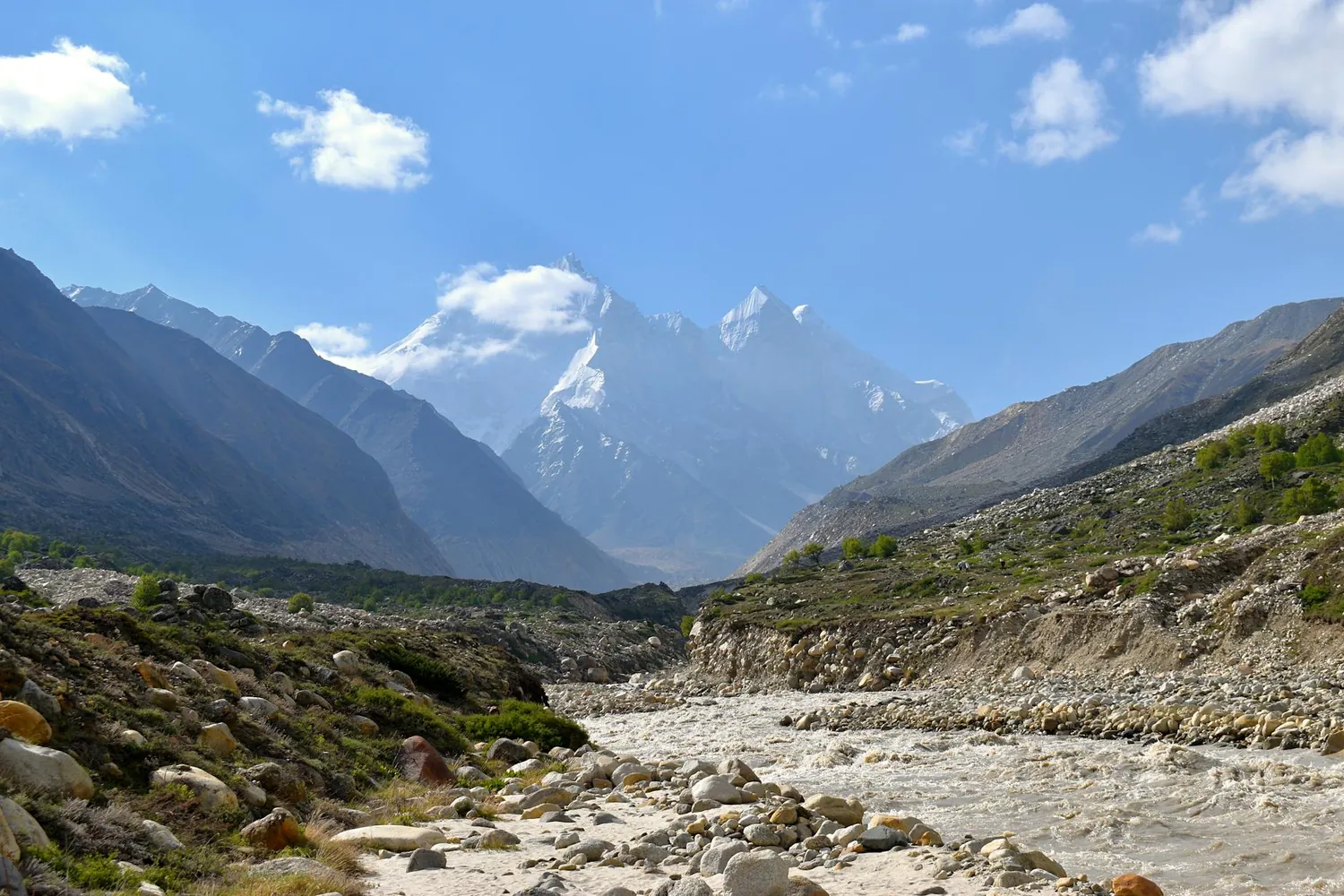Experience the Wild Beauty and History of Sacred Valley’s Trekking Trails

Discover the Untouched Paths of the Sacred Valley
The Sacred Valley of the Incas in Peru is a marvel of ancient engineering, rich culture, and stunning natural beauty. While famous routes like the Inca Trail draw thousands of hikers each year, the valley hides numerous lesser-known paths that offer equally breathtaking vistas and historical wonders. For those looking to escape the crowds, exploring these off-the-beaten-path trails offers an intimate encounter with both the landscape and its storied past.
Why Choose Off-the-Beaten-Path Trails?
Trekking through less frequented paths not only provides a sense of adventure and solitude but also opens doors to a deeper connection with nature and history. These routes allow hikers to experience the Sacred Valley's stunning landscapes and ancient ruins without the bustling presence of fellow travelers. Furthermore, venturing off traditional trails often supports local communities and promotes sustainable tourism practices.
The Historical Significance of the Sacred Valley
The Sacred Valley was once the heartland of the Incan Empire. It stretches between Pisac and Ollantaytambo and is peppered with archaeological sites that offer a glimpse into ancient civilizations. Incan ruins like those at Huchuy Qosqo, Moray, and Pisac stand testament to their advanced understanding of agriculture and architecture. Exploring these sites gives trekkers a unique perspective on how the Incas harmonized their lives with their environment.
Choosing Your Route: Hidden Gems
Huchuy Qosqo Trail
Huchuy Qosqo, meaning 'Little Cusco,' is one of the lesser-known archaeological sites in the Sacred Valley. This route typically starts from the small town of Tambomachay near Cusco. The trail takes you through high Andean terrain, offering panoramic views of valleys and mountains along the way. After approximately six to seven hours of hiking, you will reach Huchuy Qosqo, where you can explore well-preserved ruins amidst breathtaking scenery.
Lares Trek
The Lares Trek is ideal for those seeking an authentic cultural experience alongside natural beauty. It begins in the town of Lares, famous for its therapeutic hot springs. The trail winds through picturesque villages such as Huacahuasi and Patacancha, where you can interact with local Quechua communities. Not only does this trek offer magnificent views of snow-capped peaks, but it also allows hikers to witness traditional weaving practices and daily life in remote mountain villages.
Exploring via Local Guides
Hiring a local guide is highly recommended for navigating these trails. Local guides not only enhance safety but provide invaluable insights into the region's history and culture. Their expertise ensures that your trekking experience is not just physically enriching but intellectually stimulating as well. Additionally, utilizing local services supports community-based tourism initiatives.
Sustainable Trekking Tips
- Pack It In, Pack It Out: Ensure all trash is carried out with you. Leave no trace behind.
- Use Refillable Water Bottles: To minimize plastic waste, carry refillable water bottles and use purification methods when necessary.
- Respect Local Cultures: Engage with respect and curiosity while interacting with local communities. Always ask for permission before taking photographs.
- Stay on Marked Paths: Protect fragile ecosystems by staying on designated paths to avoid damaging flora.
Essential Gear for Sacred Valley Treks
Trekking in the Sacred Valley demands appropriate preparation. Here is a list of essential gear:
- Sturdy Hiking Boots: Given the varied terrain, durable boots with good ankle support are crucial.
- Layers of Clothing: Weather can change rapidly in the Andes; layers help manage varying temperatures.
- Sunscreen and Hat: The sun can be intense at higher altitudes, making protection vital.
- Trekking Poles: Useful for balance on uneven paths.
The Benefits of Slow Travel
Trekking in the Sacred Valley offers an opportunity to embrace slow travel principles—an approach that emphasizes connection over speed. By taking time to savor each vista, engage with residents, and delve into history, travelers cultivate a richer understanding of their journey. Slow travel fosters sustainability by reducing environmental impacts and providing genuine support to local economies.
Conclusion
The Sacred Valley’s off-the-beaten-path trekking trails offer more than just exercise; they are gateways to understanding an ancient culture and an awe-inspiring landscape. By venturing away from crowded routes, hikers can uncover hidden gems, contribute positively to local communities, and truly immerse themselves in Peru's vibrant history and natural splendor. Whether guided by local experts or solo with careful preparation, these trails promise unforgettable adventures for those willing to seek them out.





